How to Create a Lead Qualification/Lead Scoring System to Vet All Clients
Time is the most precious commodity. As a solopreneur, you must ensure that every minute you spend drives your business forward. This is why I vet all clients before committing to projects or consultations. Establishing a robust lead scoring and qualification system can save time, reduce stress, and allow you to work only with clients who fit your business perfectly. This practice is not just about efficiency; it’s about creating a sustainable business that aligns with your values and long-term goals.
Vetting clients ensures you engage with those who respect your expertise and understand the value you bring to their projects. It helps you avoid the frustration of dealing with clients who have unrealistic expectations or insufficient budgets. Moreover, a sound lead qualification system can improve the overall quality of your work by allowing you to focus on projects that truly match your skills and interests. This alignment leads to better client outcomes and a more satisfying work experience.
Beyond immediate benefits, vetting clients also helps build your brand’s reputation. When you consistently deliver excellent results, word spreads, and you become known for your professionalism and expertise. This reputation attracts even more high-quality clients, creating a positive feedback loop that supports your business growth. In essence, vetting clients is an investment in your business’s future, ensuring you build strong, mutually beneficial relationships that stand the test of time.
Why Vetting Clients is Essential
Maximizing productivity is a primary reason for vetting clients. When you work with clients who understand your process and have realistic expectations, you can focus on delivering high-quality work rather than managing misunderstandings or conflicts. This streamlined workflow means you can take on more projects or dedicate more time to each project, enhancing overall productivity and business efficiency. Moreover, the clarity and alignment with ideal clients often lead to smoother project executions and faster turnaround times.
Enhancing the quality of your work is another critical benefit. Clients who are a good fit for your business allow you to apply your skills and creativity to their fullest extent. These clients trust your expertise, which allows you to innovate and excel. In contrast, difficult clients often micromanage or second-guess your decisions, which can stifle creativity and lead to subpar results. By working with clients who value your input, you can consistently produce high-quality work that showcases your abilities and contributes to your portfolio.
Preventing burnout is perhaps the most personal reason for vetting clients. As a solopreneur, your well-being directly impacts your business. Dealing with challenging clients can be draining, leading to stress and burnout. You create a more enjoyable and sustainable work environment by selecting clients who align with your work style and values. This positive work atmosphere boosts your mental and emotional health and consistently enhances your ability to deliver exceptional results.
Helps Potential Clients, Too
Potential clients gain the confidence that they are engaging with a business that truly understands their unique challenges and objectives, fostering a more productive and harmonious working relationship.
Moreover, vetting helps potential clients avoid wasting time and resources. By engaging in a vetting process, clients can ascertain if the business has the necessary expertise, values, and approach that align with their own. This preemptive clarity saves clients from entering into partnerships that may later turn out to be incompatible or unproductive. When clients know they are working with a business that has a genuine interest in their success and has been deemed a good fit through a thorough vetting process, they are more likely to commit fully and engage meaningfully.

Creating a Lead Qualification/Lead Scoring System
Creating an effective lead qualification and lead scoring system begins with defining your ideal client profile. This profile is a blueprint for identifying potential clients who align with your business values and goals. Consider factors such as the industry they operate in, the size of their company, their budget range, and the scope of the projects they typically undertake. Additionally, consider their business values and goals to ensure they match yours. By clearly outlining these characteristics, you can easily spot potential red flags during the initial stages of client engagement.
Once you clearly understand your ideal client, establish specific criteria for qualification. These criteria might include budget suitability, timeline alignment, project relevance, decision-making power, and urgency of need. Each criterion helps you evaluate whether a potential client meets your standards and will likely fit your business well. For instance, a client with a clear project scope and adequate budget is more likely to have a successful partnership than one with vague requirements and limited funds.
Assigning scores to each criterion is crucial in the lead qualification process. This numerical system allows you to quantify the suitability of each lead. For example, you might assign higher points to clients with larger budgets or more defined project scopes. Developing a scoring range of 0-100 helps you categorize leads into different priority levels. Hot leads, scoring between 80-100 points, are top priorities and deserve immediate attention. Warm leads, with scores of 50-79 points, are promising but may need further qualification. Cold leads, scoring 0-49 points, are unlikely to be a good fit and can be deprioritized or discarded.
I use different methods depending on the lead source, but I have found quizzes to be the most helpful.
Types of Clients Lead Qualification/Lead Scoring Tends to Weed Out
A well-designed lead qualification system can help you avoid clients who have unrealistic expectations. These clients often expect miracles within unreasonable timelines or budgets, leading to frustration and dissatisfaction on both sides. Setting clear criteria and asking the right questions upfront allows you to identify and avoid these high-maintenance clients. This proactive approach ensures that you only take on projects that are feasible and within your capacity to deliver high-quality work.
Clients with insufficient budgets are another type of lead that effective qualification can weed out. These clients may want premium services but are unwilling or unable to pay for them. This misalignment can cause tension and compromise the quality of your work. By clearly defining your pricing structure and budget requirements during the qualification process, you can filter out clients who cannot meet your financial expectations. This ensures that you only engage with clients who value your services and are willing to invest in them appropriately.
Clients who do not value your expertise are also best avoided. These clients might micromanage your work, constantly question your decisions, or fail to respect your professional boundaries. This behavior can be draining and demoralizing, preventing you from doing your best work. You can ensure more harmonious and productive working relationships by establishing a lead-scoring system that prioritizes clients who appreciate your skills and experience. This enhances your job satisfaction and leads to better outcomes for your clients.

Questions to Ask Potential Clients Before a Consultation
1. What is the main goal of your project?
- The ideal answer to this question is a clear, concise goal that aligns with your expertise. For example, a client might say, “We want to increase our website traffic by 20% in the next six months.” This indicates that they have a specific, measurable objective and understand what they need from you. Clear goals also make it easier to track progress and measure success.
- A red flag response might be vague or overly ambitious, such as “We want to dominate the market immediately.” This indicates a lack of understanding of realistic timelines and goals. Handling such responses involves asking follow-up questions to clarify their objectives. If they remain vague or unrealistic, explain that their expectations may not be feasible and suggest more realistic goals or refer them to another service provider.
2. What is your budget for this project?
- The ideal answer is a specific budget range that matches your pricing. For example, “We have a budget of $5,000 to $10,000.” This shows that the client has thought about their financial commitment and understands the value of your services. It also allows you to plan your resources effectively.
- A red flag response might be an unwillingness to disclose a budget or an unrealistic budget, such as “We don’t have a budget” or “We want to achieve this with $500.” Handling such responses involves explaining the typical costs associated with your services. If their budget is too low, offer a scaled-down version of your services or refer them to a provider who can work within their budget.
3. What is your desired timeline for completion?
- The ideal answer here is a realistic timeline that allows for quality work. For example, “We need this completed within three months.” This indicates that the client understands the time required to deliver high-quality results and is willing to plan accordingly.
- A red flag response might be an urgent or unrealistic timeline, such as “We need this done in a week.” Handling such responses involves explaining the time required to deliver quality work. If they insist on an unrealistic timeline, suggest a phased approach or recommend another provider who can meet their deadline.
4. Have you worked with a similar service provider before? If so, what was your experience?
- The ideal answer is a positive past experience or a willingness to learn from negative ones, such as “Yes, we have, and it was a productive partnership.” This indicates that the client understands the value of professional services and is likely cooperative.
- A red flag response might be consistently negative experiences or blaming previous providers for all issues, such as “Yes, but they were all terrible.” Handling such responses involves asking for specific details about what went wrong in past experiences. If the client seems difficult or unreasonable, it might be best to decline the project.
5. Who will be the primary point of contact for this project?
- The ideal answer is the designation of a knowledgeable and accessible contact person, such as “Jane Smith, our marketing manager, will be your primary contact.” This ensures clear communication and accountability.
- A red flag response might be multiple points of contact or an unavailable primary contact, such as “We’re not sure yet” or “Our CEO will be in touch occasionally.” Handling such responses involves requesting a single, consistent point of contact. If they cannot provide one, explain the importance of clear communication and consider if you’re comfortable proceeding.
6. What are the biggest challenges you are facing that prompted you to seek my services?
- The ideal answer is specific challenges that align with your expertise, such as “We’re struggling with our social media engagement.” This shows that the client has identified a problem and believes you have the skills to solve it.
- A red flag response might be broad or unclear challenges, such as “Everything is a mess.” Handling such responses involves asking for more details to understand their situation better. If they remain unclear, consider whether you can help them effectively.
7. How do you measure success for this project?
- The ideal answer is clear, measurable metrics: “Success is a 20% increase in sales within six months.” This shows that the client understands the importance of setting measurable goals and is focused on results.
- A red flag response might be vague or unmeasurable success criteria, such as “We’ll know it when we see it.” Handling such responses involves proposing specific metrics that you believe are realistic. If the client cannot agree, they might not be a good fit.
8. Are there any specific deliverables or outcomes you are expecting?
- The ideal answer is specific deliverables that you can provide, such as “We need a new website and a content strategy.” This shows the client has thought about what they need and how you can help.
- A red flag response might be unrealistic or constantly changing deliverables, such as “We need a new website, app, and complete rebranding in two weeks.” Handling such responses involves clarifying what you can deliver within their timeline and budget. If their expectations are too high, suggest a phased approach or decline the project.
9. What is your preferred method of communication?
- The ideal answer is a method that aligns with your communication preferences, such as “We prefer email and bi-weekly Zoom calls.” This ensures that you can communicate effectively and efficiently.
- A red flag response or multiple communication methods might be unclear, such as “We’ll figure it out as we go.” Handling such responses involves establishing a clear communication plan for both parties. If they cannot commit to this, it may cause issues later.
10. Is there anything else I should know about your project or business?
- The ideal answer is relevant additional information that helps you understand their needs, such as “We’re launching a new product line in three months.” This shows that the client is open and willing to share important details.
- A red flag response might be surprising or concerning information, such as “We’ve had to restart this project multiple times due to issues.” Handling such responses involves addressing any concerns directly. Consider whether to proceed or decline if the additional information reveals major red flags.
Conclusion
By asking these questions and paying attention to the answers, you can better evaluate whether a potential client is a good fit for your business. Recognizing red flags early on allows you to make informed decisions and focus your efforts on clients who align with your goals and values. This approach helps you maintain high standards and ensures a more productive and enjoyable working relationship. By thoroughly vetting potential clients, you create a foundation for successful projects, satisfied clients, and a thriving business.

THIS SITE USES AFFILIATE LINKS. THERE’S NO EXTRA COST TO YOU, BUT I RECEIVE A SMALL COMMISSION WHEN YOU USE THEM.
PIN ME!










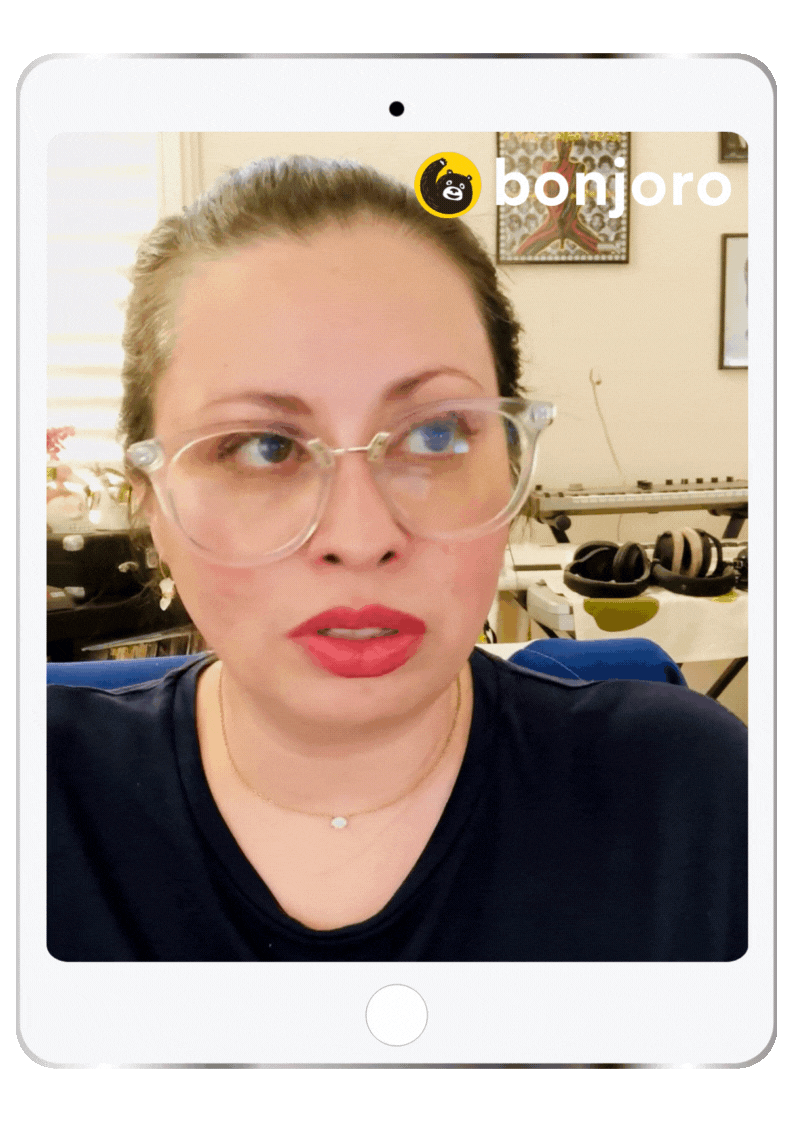
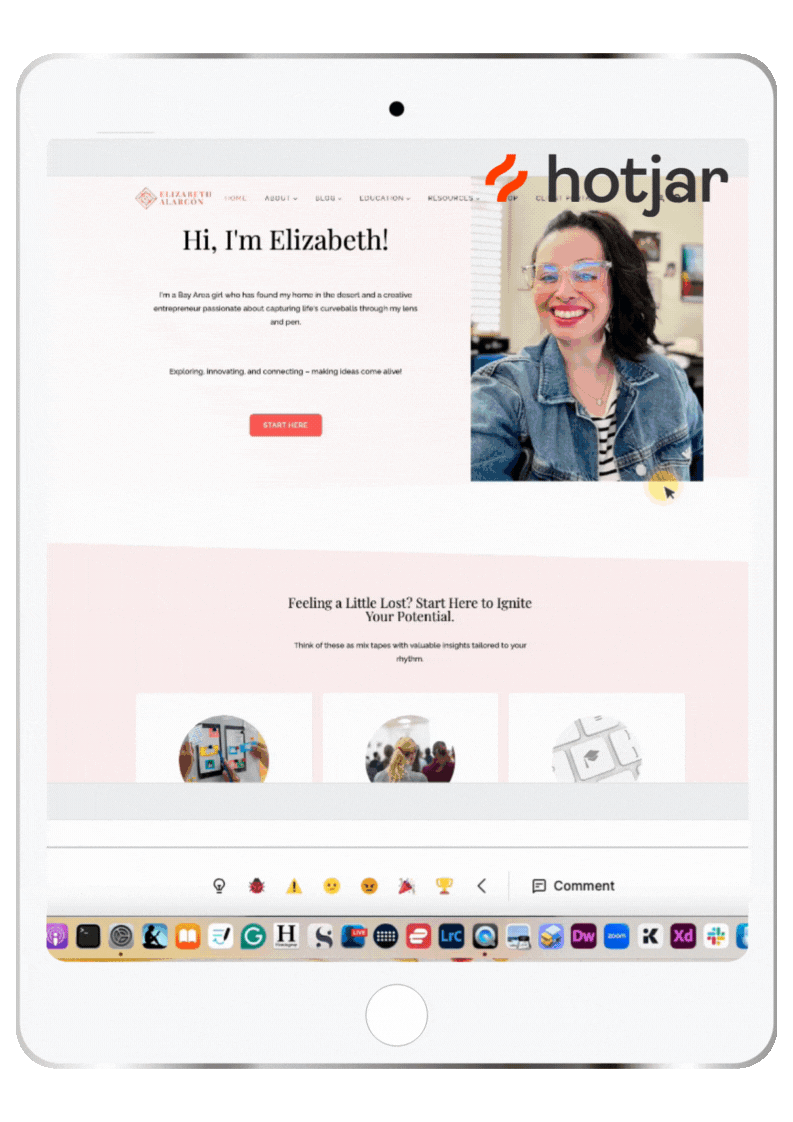
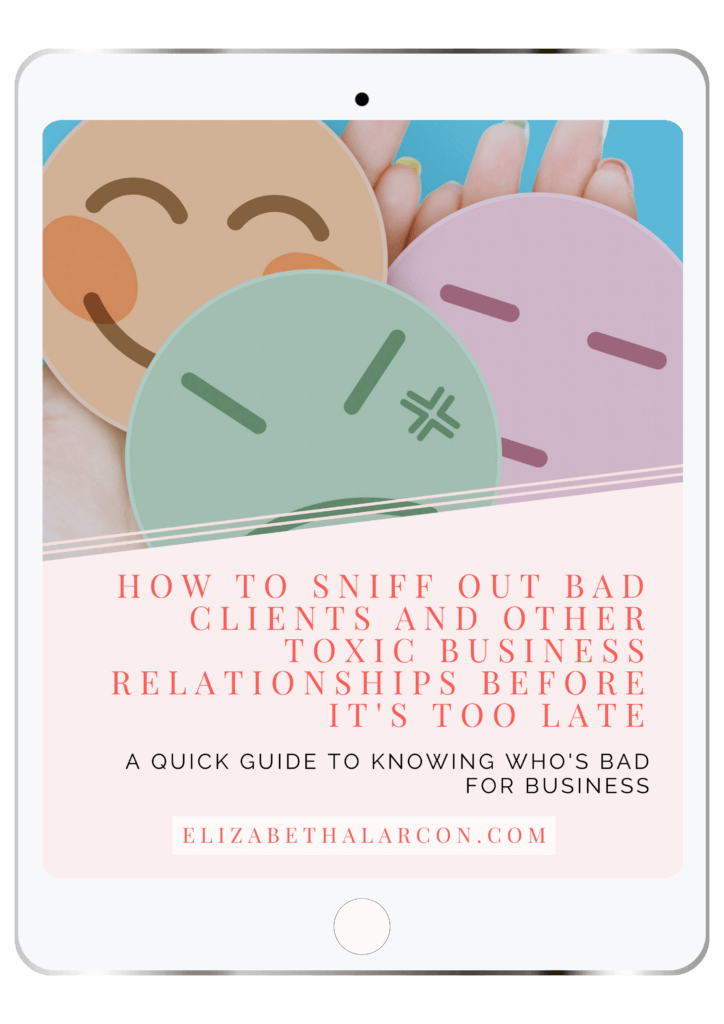
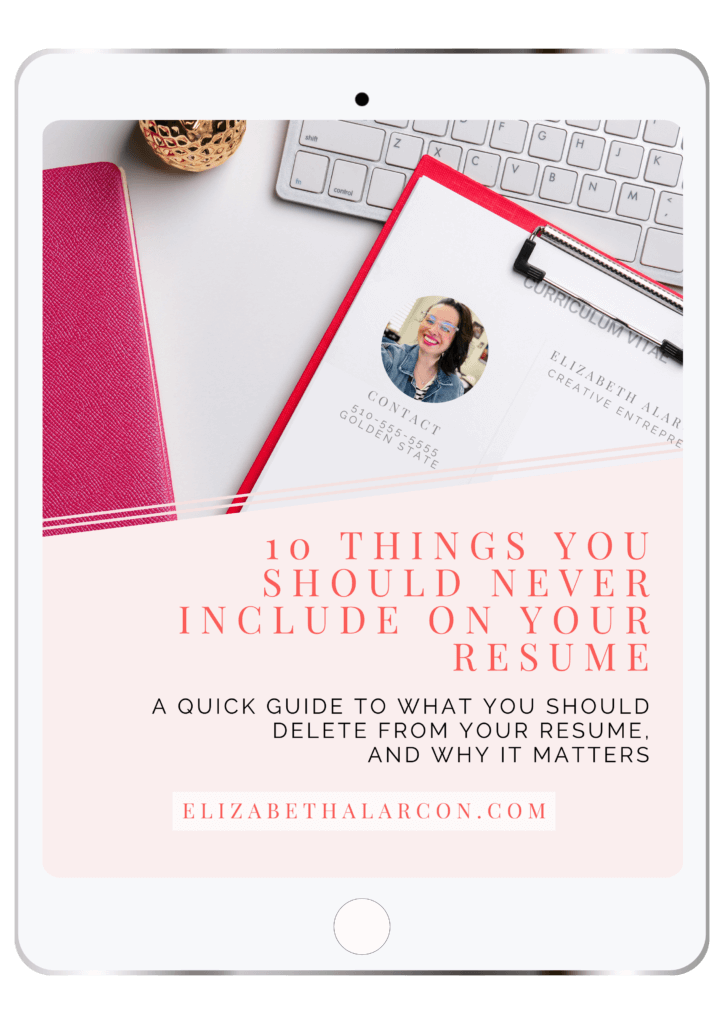
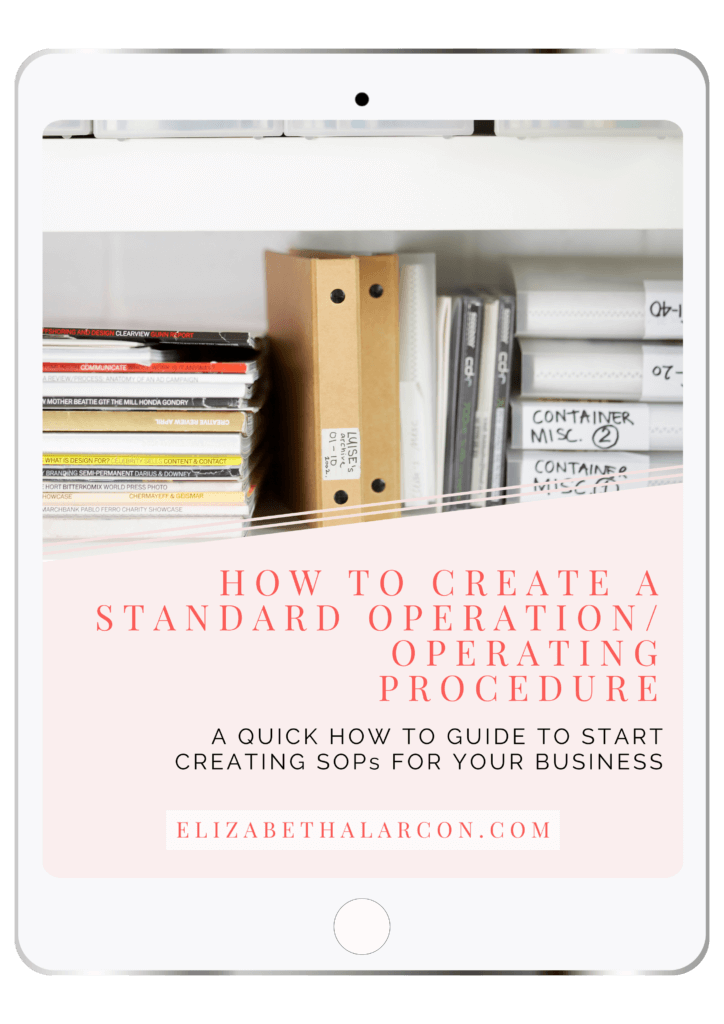
💁🏻♀️ Community Guidelines
To ensure a positive and respectful environment for everyone, please take a moment to review our Community Guidelines. Following these guidelines helps us maintain a safe space for all.